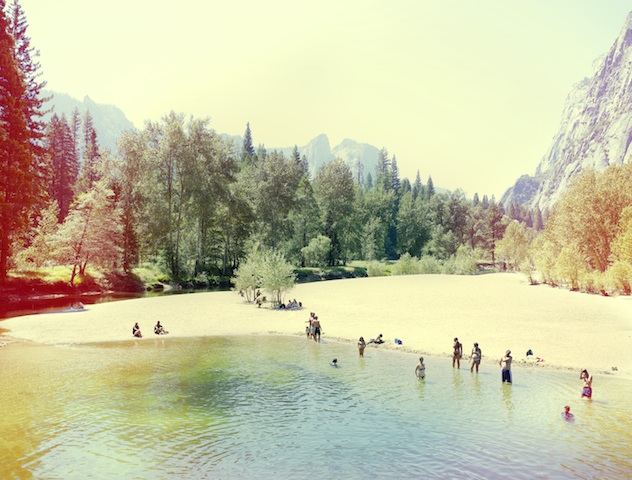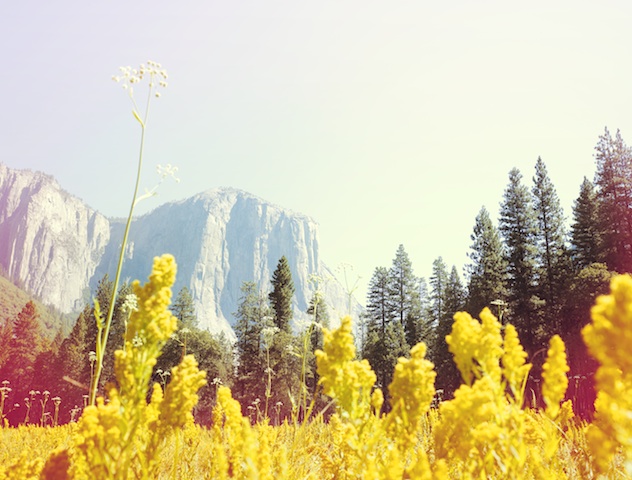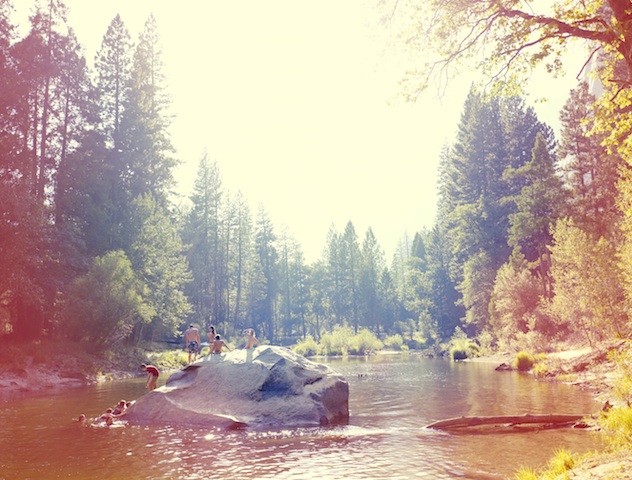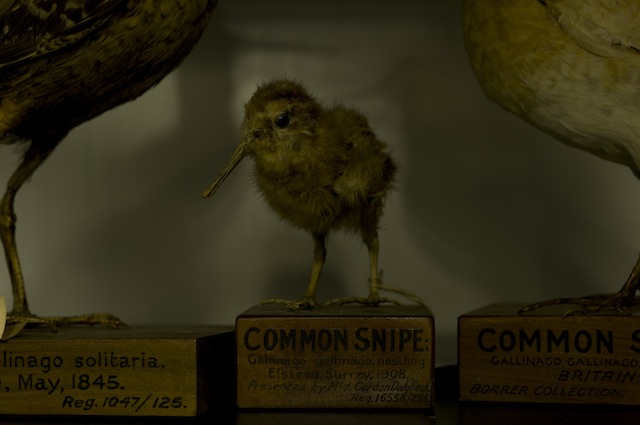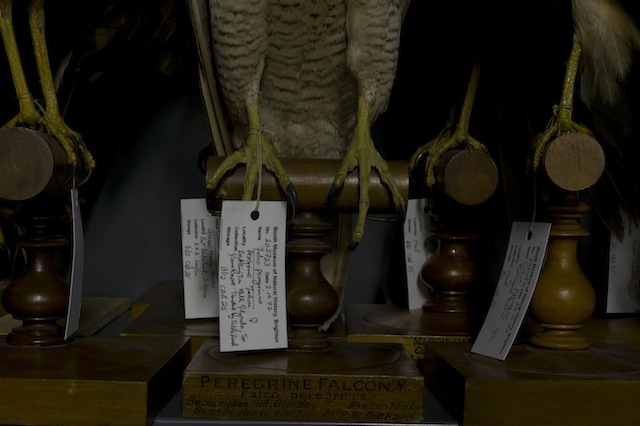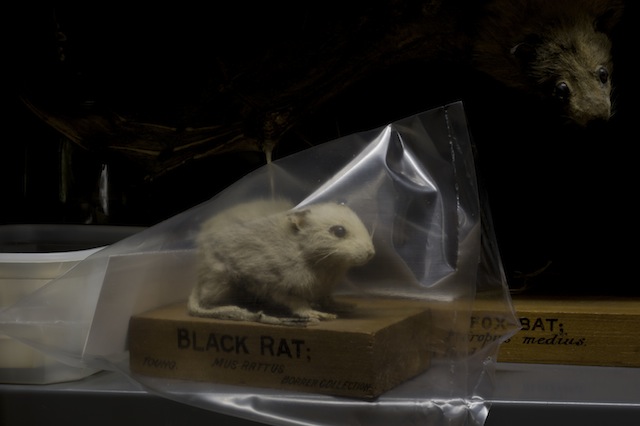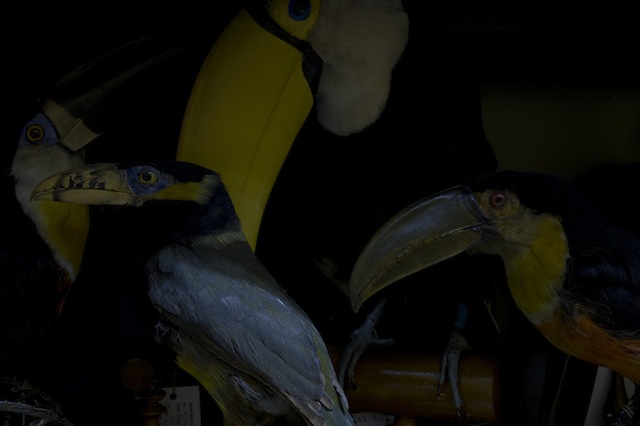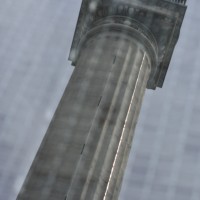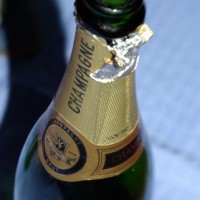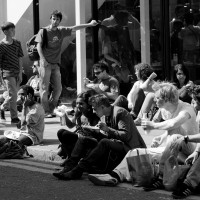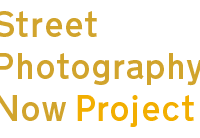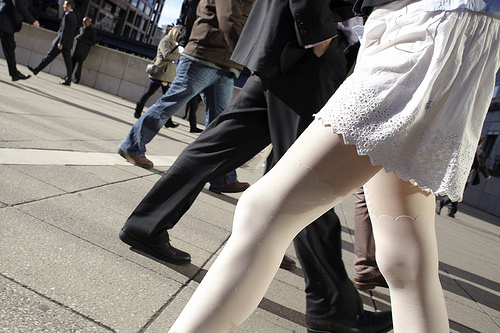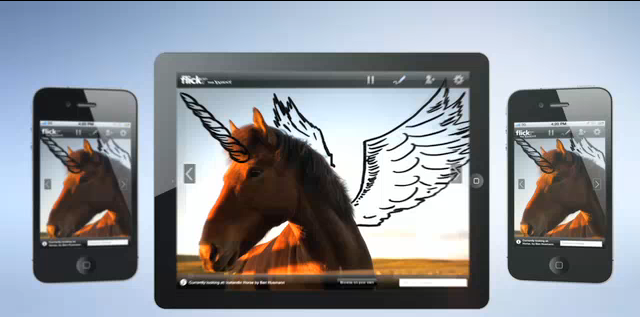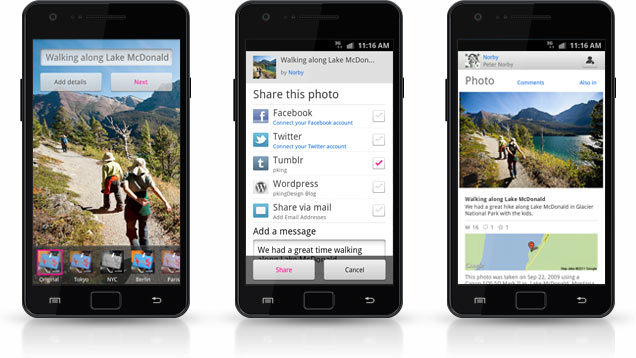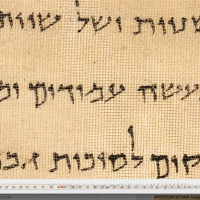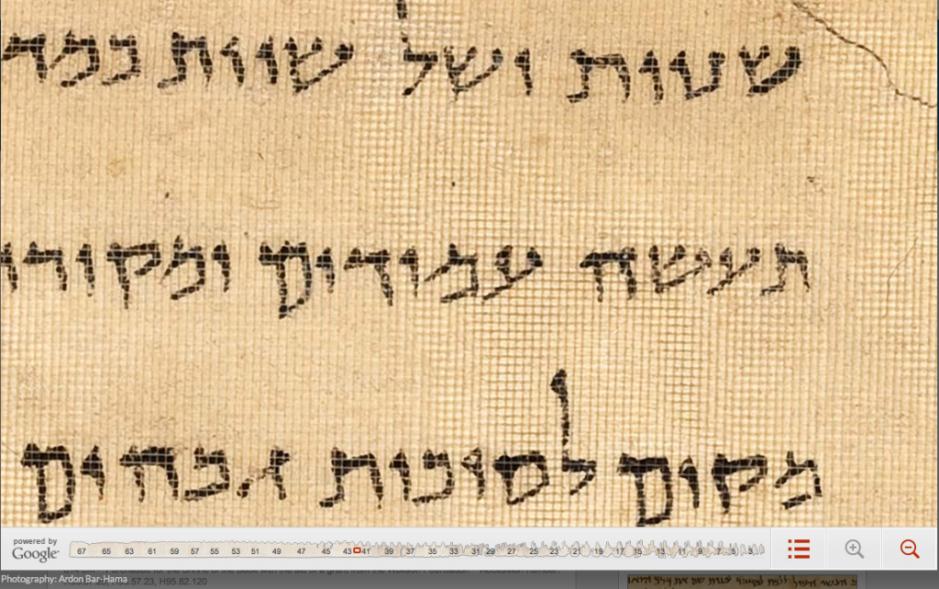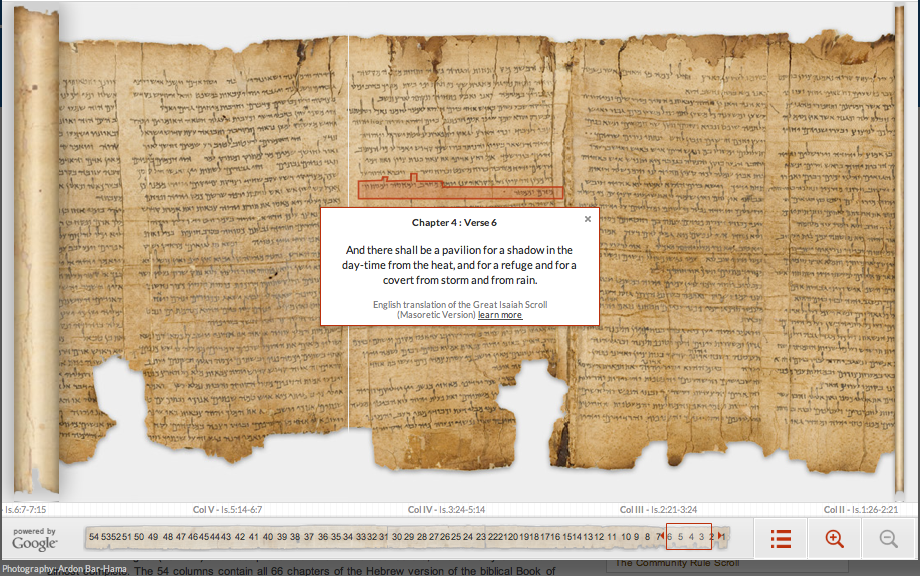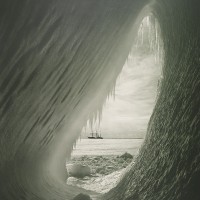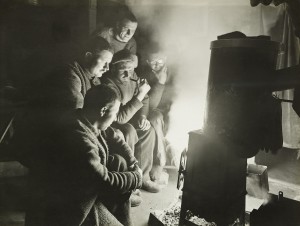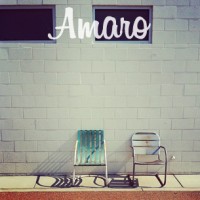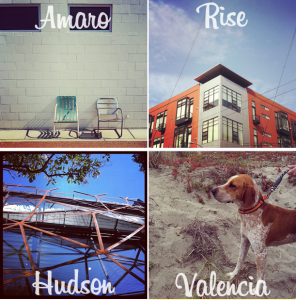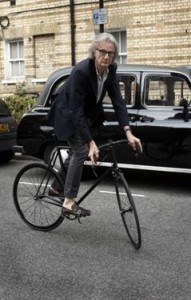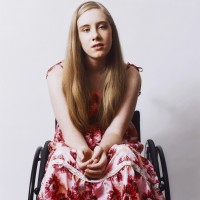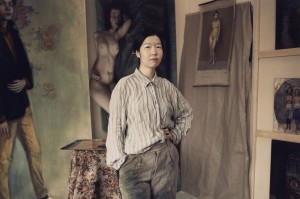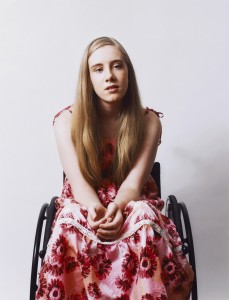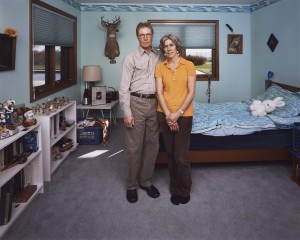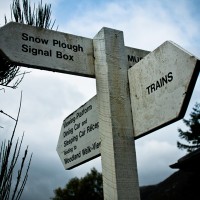
Our intrepid cruise ship photographer correspondent, Ross, currently isn’t sailing the ocean blue. He’s on holiday. So where in the world is he? Well, at home in Scotland, naturally enough. When you spend your life visiting idyllic holiday destinations for a living, a month at home, on the sofa, with your feet up is probably just what you want. Of course, he has been out and about taking photographs.
One month till I’m back to work in the Caribbean: Time for a quick holiday!
There was a bump against my ankle, waking me suddenly. I glanced around. The surroundings were unfamiliar, the immediate view was not. To my left was a trolley stacked high with the finest Scottish produce, bags of tablet, McCoy’s crisps and of course Tunnock’s caramel wafers. There couldn’t be a more Scottish view to awaken to, unless there were Tennent’s lager tins also on offer. I looked down, there was, a row right beside the Bacardi Breezers. Shaking my head I redirected my gaze out of the misted up window. It was almost time.
Rushing past us, the highlands of the North of Scotland were green for once. I know that’s the way they always look in the films as Mel Gibson runs across them but in reality better adjectives would normally be bleak, sleety, or just plain old grey and drizzly.

Spending my whole life jumping from one exotic country to another there’s little time for a holiday. And when that illusive holiday does come there’s always that tricky choice. Where to go? These days ease and convince come into it in a big way, not to mention cost. Spending so much time in airports I’ll do anything to avoid them when I can. It’s not the long waits or intrusive scanning that’s the issue. I just get annoyed seeing a 60p can of Irn Bru being marked up to £1.99. And don’t get me started on the salted peanuts.
With this in mind my holiday was booked quickly, a five-hour car ride north and I was in the Scottish Highlands.
So here I sat, the countryside flashing by, for less than the cost of a Ryanair flight I was in landscape photographer’s heaven.
The Fort William to Mallaig railway. You’ve seen it, really, you have, it may be an obscure north west of Scotland rail route but it featured in the slightly well known series of films. Almost unique in the fact that it still runs with a steam engine it is perhaps better known as the Hogwarts’ Express. The train and its route over the viaduct through the glen have been committed to celluloid for generations to see. If you ever find yourself in the horrendous situation of having to re-watch the first Harry Potter film then you can take some solace in appreciating that scene and considering the photographic possibilities. Be warned though, there’s still about another hour after that to weather.
I’m getting distracted, anyways, shooting on a steam train brings with it it’s own sets of challenges. From the rapidly moving scenery to the changing of light in the glens to the sudden burst of smoke from the engine covering your lens, the whole experience is a steep learning curve.

I shouldered my way to the spot I’d sussed out when we first got onto the train. The passages between carriages weren’t open to the outside, but there were windows. They were the kind that slid down – not all opened fully though. I had found one on the left side of the train that did. That was my spot. Now we were approaching Loch Ness I steadied myself with one last bite of my Tunnock’s wafer before switching to Aperture Priority, putting on my sunglasses and sticking my head out into the overcast gale.
My mind flashed back to the first time I’d taken my camera for a little outing on a steam train. Boy was that a learning curve. It was Alaska, heading through the Chilcout Pass. Manual was useless, the light changing too much, after a while I realised Aperture Priority was the only way to go. Sunglasses were essential; I learned that one the hard way. All’s going well then suddenly the wind blows the smoke into your face…and the tiny fragments of coal with it. Imagine getting a bit of sand in your eye every five minutes, that’s what it’s like, it’ll spoil the day for
anyone. I had no idea what I was in for, even finding a spot to shoot that day was a challenge.
Every photographer will have their own tips for this type of shooting, but the same simple rule applies: Next time will be better! It’s a big learning curve shooting in that kind of environment and you can’t imagine some of the
challenges you’ll have to overcome on shooting a simple train ride. This applies to every environment though, to every shoot.
Think of it like this; you’d be crazy to spend all that money to go on a holiday photographing the Amazon jungles without having a practice in your local forest first.
With practice you know what you’re looking for. You know the gear you need. You know the techniques your going to employ. All this comes together for you to get the most out of your experience and the most out of your photography. Practice really does make perfect. Without practice you’ll stick your head out of the metaphorical train, looking the opposite way, and get hit on the head by the foliage beside the tracks.
All I’ll say is I got some great shots, both on the train and at each end of the journey. Steam engine plus Scottish glens equals great stuff. Without having done this before I’d not have produced pictures of half the quality. Nor been able to dodge many of the pitfalls that ruined my Alaskan shots.

What’s the moral of the story? Is it to take advantages of the country you live in, of the scenery around you
and discover some amazing shots on your doorstep without spending more than a few pounds? Is it to practice before spending all that money on a fancy photography holiday? No.
The moral of the story: If you’ve never tried Tunnock’s caramel wafers don’t pass the chance up, I highly recommend them.
Ross Sheddon is a portrait photographer and digital artist, currently working for Princess. In his career he’s worked everywhere from Vietnam to China to Egypt, Greece, Alaska, and back. Despite running out of new countries to visit his eyes remain open for new weird and wonderful sights always around him.








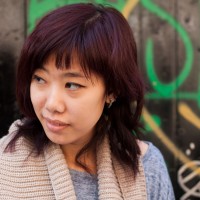

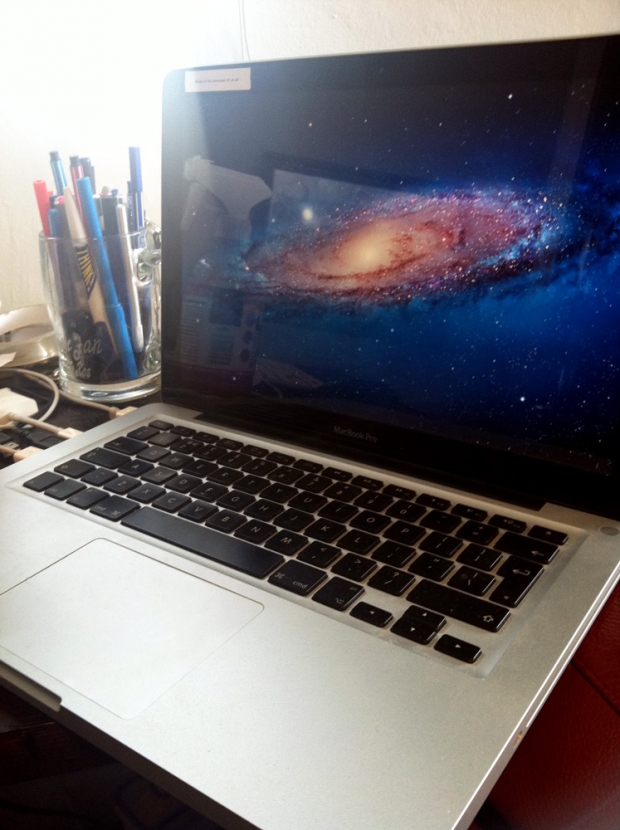 Does that sounds a bit high tech? Well, it really isn't - and the great news is that you can use just about anything that is neutrally coloured. Of course, without advanced colour calibration equipment, it's hard to find something that's actually perfectly neutral. For our purposes, however, you don't need to do that: anything that's just about gray will do. Why? Because once you have your photos balanced consistently, it's easy to make sure they are all well-balanced.
Does that sounds a bit high tech? Well, it really isn't - and the great news is that you can use just about anything that is neutrally coloured. Of course, without advanced colour calibration equipment, it's hard to find something that's actually perfectly neutral. For our purposes, however, you don't need to do that: anything that's just about gray will do. Why? Because once you have your photos balanced consistently, it's easy to make sure they are all well-balanced.
